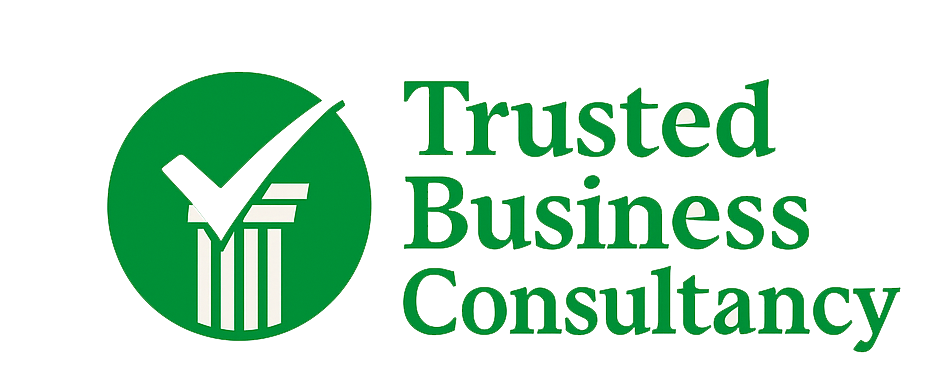Retail Fuel Network Feasibility Study: A Step-by-Step Framework
Expanding or establishing a retail fuel network requires careful planning and strategic decision-making. This framework outlines the key steps to assess feasibility, identify growth opportunities, and maximize profitability.
1. Key Success Factors
To build a thriving fuel retail business, focus on:
Strategic Location Selection – Analyze traffic patterns to ensure high vehicle turnover.
Advanced Equipment – Invest in durable, efficient technology to minimize downtime.
Exceptional Customer Service – Stand out by delivering the best experience to foster loyalty.
2. Overall Market Analysis
Understand the broader market dynamics:
Demand, Supply & Pricing Trends – Evaluate current and future fuel demand and competitive pricing.
Competitor Landscape – Identify key players, market share, and competitive advantages.
Growth Potential – Assess economic trends, urban expansion, and consumer behavior.
Regulatory Compliance – Review zoning laws, environmental regulations, and licensing.
3. Market Analysis by Area
Pinpoint the best regions for expansion:
High-Growth Areas – Target locations with rising populations and infrastructure development.
Market Focus – Define demographics (commuters, businesses, travelers) for tailored strategies.
Demand Forecasting – Estimate long-term viability based on economic and traffic data.
4. Selection of Alternative Sites
Choose locations strategically:
Prioritize High-Growth Zones – Focus on areas with strong economic potential.
Balanced Market Coverage – Avoid oversaturation by diversifying site locations.
Future Demand Capture – Align sites with projected traffic and demographic growth.
5. Detailed Study for Selected Sites
Refine your approach for each location:
Product & Service Mix – Offer the right fuel types and convenience store products.
Sales Volume Projections – Estimate fuel and ancillary revenue to gauge profitability.
6. Concept Evaluation
Design stations for maximum efficiency and appeal:
Market-Specific Concepts – Adapt station size, layout, and technology to local needs.
Optimized Layouts – Ensure smooth traffic flow and customer convenience.
7. Financial Valuation
Assess profitability and risk:
Cost Breakdown – Estimate construction, equipment, and operational expenses.
Discounted Cash Flow (DCF) Analysis – Project ROI and long-term financial viability.
Site Ranking – Compare locations based on risk, return, and strategic fit.
8. Proposal & Final Decision
Present findings and move forward:
Stakeholder Review – Share insights, financial projections, and recommendations.
Feasibility Report – Finalize a detailed report for a data-driven go/no-go decision.
Next Steps
Ready to launch your fuel retail network? This framework ensures a structured approach to minimize risk and maximize success.
Contact Us for expert feasibility study support!
